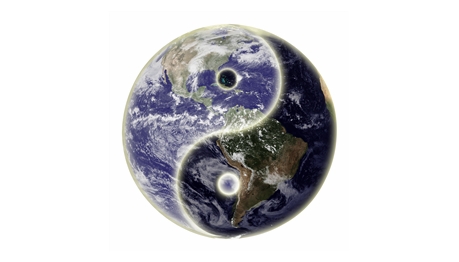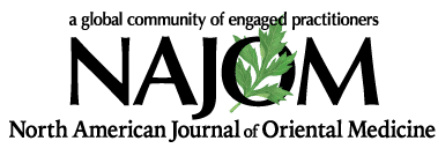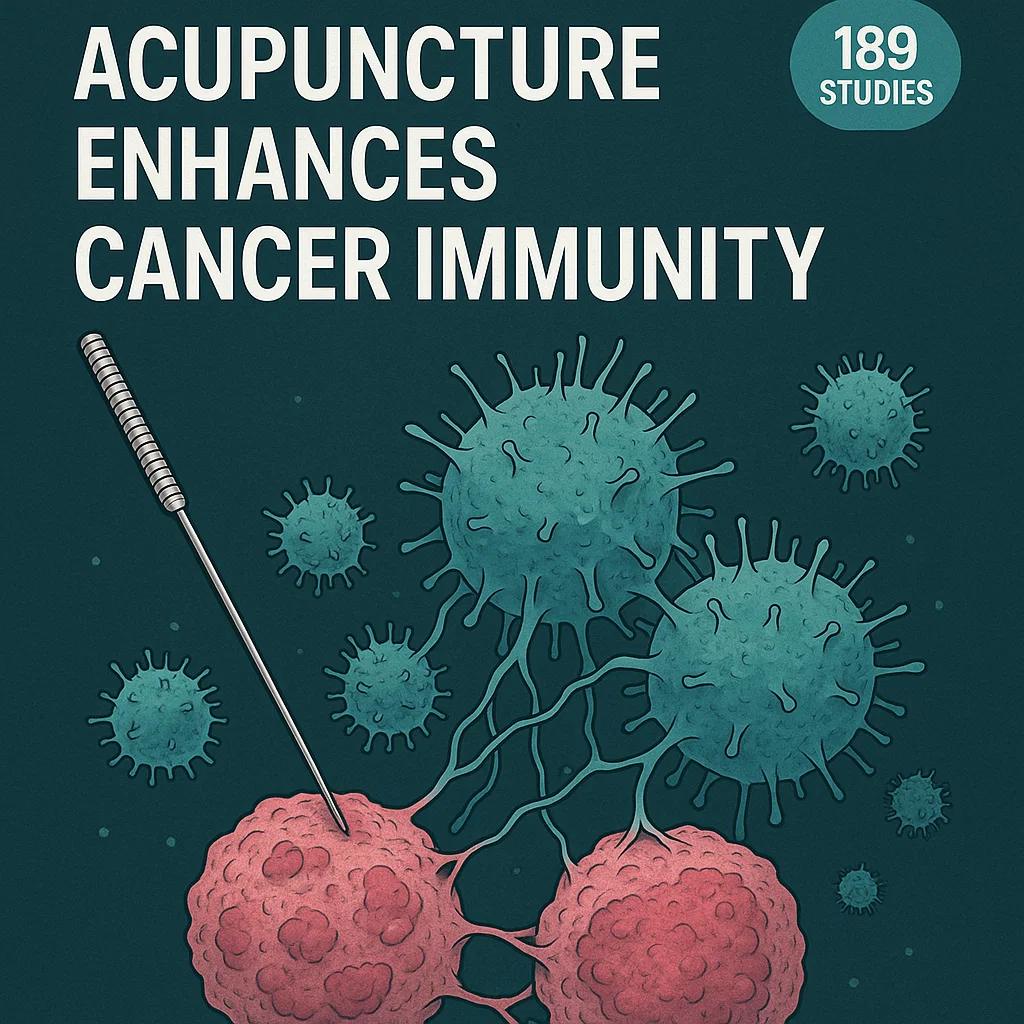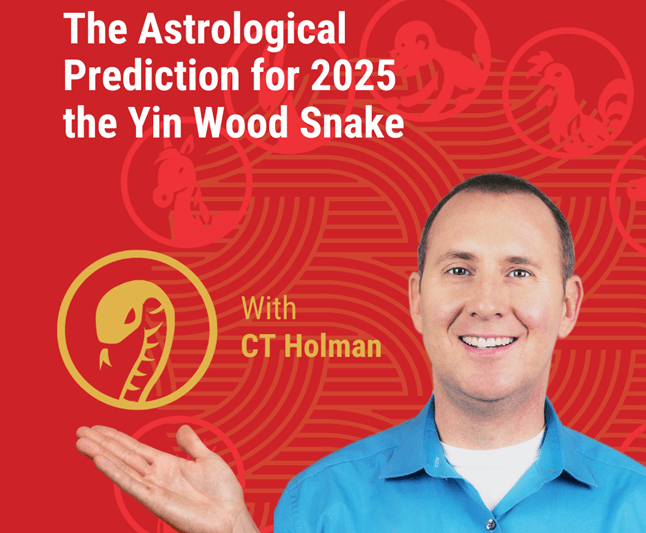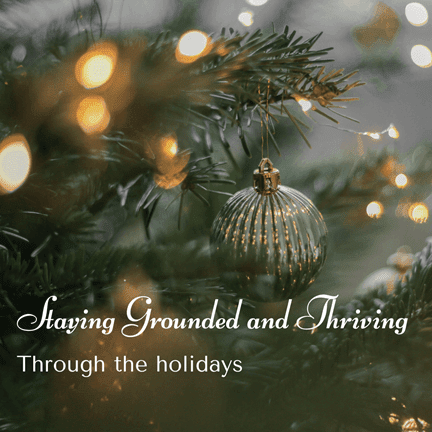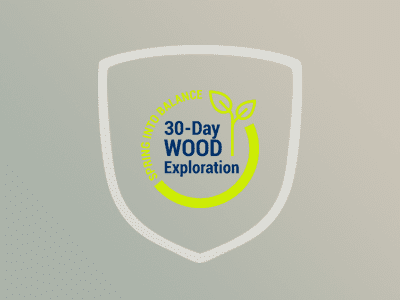Thoughts on Yin-Yang
by Bob Quinn
This article was first published by the North America Journal of Oriental Medicine, NAJOM, July 2009; 16(46): 32-33 and is republished here with permission
“When diagnosing and treating disease, we must, first of all, differentiate between yin and yang. This is simply the most important principle of medicine. If the physician correctly differentiates yin and yang, the treatment will never be accompanied by side effects. All of the myriad ways of practising medicine, therefore, can be summed up in two words: yin and yang, and that is all there is to it! There is the yin-yang of symptoms, there is the yin-yang of pulses, and there is the yin-yang of herbs.” Zhang Jingyue, noted Ming dynasty physician
Fruehauf, 2007, p.52
Lately, I find myself thinking about yin-yang much of the time. I believe this is due to my recent study of the Sichuan Fire Spirit School of herbal prescribing and its emphasis on the restoration of the yang. In this article I will share some of my recent thoughts, including why I think this focus on the yang is important.
Before I started my TCM training I had read Alan Watts’ book Tao The Watercourse Way. In it he explained that the polarity of yin-yang in East Asia was conceived of differently from our various polarities in the West. Here we can collectively hold the foolish notion of good overcoming evil in an ultimate sense, putting evil forever out of business, while in East Asia the philosophy of yin-yang entertained no such thoughts. Watts explained in his work that yin and yang are like the poles of a bar magnet. If we attempt to remove the “evil” north pole of the magnet by cutting it off, we discover that along the edge of our cut a new north pole has been created. So it is with yin and yang, a dynamic dancing interplay of inextricably linked forces.
I was profoundly disappointed in 1995 in the first semester of TCM theory when I discovered that the twenty minutes the teacher gave to presenting yin-yang was to be the sum total of the time we would devote to this foundational concept. I was flabbergasted and contemplated dropping out of the program. Heiner Fruehauf, Ph.D., L.Ac., in the same book from which the opening quote is drawn, tells the story of encountering an elderly, respected herbalist in Sichuan and asking him what he spent his time studying. In asking he was expecting the herbalist to say he had finally understood some arcane point in one of the classics; instead, the gentleman said that he was trying to understand yin and yang. He was still working on it after more than sixty years of practice—my TCM theory teacher dispensed with it in a mere twenty minutes. We have a long way to go in our education mission. (Luckily that teacher is longer employed at that school.)
A few months ago I was in a clinical staff meeting. Normally these meetings are mundane affairs. The supervisors walk through the agenda, make some agreements, and then off they go. On this day though the dean tried something different toward the end of the meeting. She posed the question for discussion: “What does it mean to practice classical medicine?” After a period of uncomfortable silence, the discussion to find our common basis started. Syndrome differentiation? Nope, lots of exceptions to that. Jing-luo system? No, there are old, non-channel-based systems. Five phases? No, Ted Kaptchuk pointed out in one talk that there were proponents in China of three element and four element dynamics. The discussion became interesting, and people were starting to stake out their own philosophical turf. Unfortunately, we ran out of time, but I suspected that we were heading for yin-yang as the real philosophical bedrock upon which we collectively stand.
In the Sichuan Fire Spirit philosophy the argument is NOT that yang is more important than yin, but simply that yang leads. As an example, we can eat all the yin-nourishing foods we like, but without the yang of the digestion, the food will just sit in our gut doing no good. So yang is seen as a mobilizer of sorts. Remember, the first hexagram in the Yijing has all six lines as yang. This is no accidental arrangement of the hexagrams; it expresses a key point of philosophy. In this style of herbalism often aconite, cinnamon, and ginger formulas are given (Sini tang, Fuzi lizhong tang, Zhen wu tang…), even in many instances when TCM-trained practitioners would prescribe a barge-load of yin-nourishing substances. Given this philosophy of the yang as leader, it makes perfect sense. For safety’s sake, it should be pointed out that there is a detailed philosophy in this Sichuan style that space does not allow me to go into here; suffice it to say, I am not simply advocating the willy-nilly prescribing of aconite, cinnamon, and ginger for all cases. If you do that, you cannot reasonably expect good results.
Lately, I have been assisted in my investigations of yin-yang by rereading Humans in Universe by R. Buckminster Fuller and Anwar Dil. The book is an edited transcript of a conversation between the two men with various appendices added. For those of you unfamiliar with Buckminster “Bucky” Fuller (1895-1983), let me simply say that I believe history will show him to be one of the most significant figures of the last century. He was awarded over 40 honorary doctoral degrees for his work in architecture, engineering, philosophy, poetry, cartography, mathematics, and other fields; he referred to himself simply as a comprehensivist. Even in our own field, he had his influence: Dr. Manaka, I believe, credited Fuller’s ideas in geometry with helping him develop his novel approach to the eight extraordinary meridians in his Yin-Yang Channel Balancing style.
In this Fuller-Dil book, the conversation manages to cover all the essential points of Fuller’s work: His geodesic domes (the most efficient way of enclosing space), his car (in the 1930’s it was 50 years ahead of its time in design and efficiency), a map of the globe (more accurate than any other), and his unique use of language (he actually held the poetry chair at Harvard at one point, a school that had twice kicked him out in his student years). But Fuller explains in the book that he never set out to address problems in housing or transportation or cartography or any other field; he sought instead something much broader—nature’s organizing and operating principles. Students of AOM will recognize this as essentially a Taoist mission. Because of my recent studies and thoughts of yin-yang, when I look at this Fuller-Dil book now, years after I first read it, all I see is a yin-yang discussion—yin-yang, that is, in its many guises. Fuller points out that in nature tension and compression always and only co-exist, concavity and convexity always and only co-exist, radiation and gravity always and only co-exist and so on. It is no stretch to translate all this as: Yin and yang always and only co-exist.
Today for some reason I have been thinking about the Big Bang. If our astrophysicists are correct in this theory, what does it have to say about yin-yang? As I sat with this question, my first thought was that the explosion was an instance of “pure yang”. I realized though that if there had been an initial burst of “pure yang” with no yin, there never would have been a yin at all. Yin and yang always and only coexist, to borrow Fuller’s language. In the Big Bang, however, clearly, yang plays the lead role, just as in the Sichuan Fire Spirit philosophy. Also in this consideration of the Big Bang, we can see illustrated another of Fuller’s teachings: Unity is always plural and at minimum two. Bucky gives a beautiful explanation for this, but I will leave it to the readers to pursue this principle in their own experience before referring to his thoughts on the matter.
Although I have not studied with Dr. Kobayashi, perhaps one day I will have that opportunity, but I have read his Acupuncture Core Therapy book (I highly recommend it) and the various NAJOM articles on Shakujyu therapy. In his work, I find a sort of acupuncture that correlate to the Sichuan Fire Spirit school of thought. It is clear that the preservation of yang is paramount in his thinking. When someone of his experience thinks and practices in this way, it tends to lend me philosophical support in my studies in this yang-focused herbal approach.
I had an initial hurdle to overcome in my yin-yang deliberations. This focus on yang leading bumped up into a sort of Libran dream of perfect balance and symmetry between yin and yang. It is a feminist perspective almost. In me was a desire to have a system where yang can lead some of the time, and yin some of the time. When Fuller discusses radiation and gravity in the book mentioned earlier, he provides the clarity and perspective I sought. He explains that they are absolutely equal forces, but that gravity is twice as efficient as radiation. Without this being the case, we would not have the physical universe as we know it. If we are to overlay gravity and radiation on yin and yang, gravity will be yin and radiation yang. Gravity is a coherent force, which is a yin function. As an interesting aside I will point out that Fuller said love is nothing but metaphysical gravity, i.e., that force that holds all together. He felt every physical “law” had a metaphysical correlate. It is an interesting idea to play with.
It occurred to me that if gravity (yin) is more “efficient”, then radiation (yang), in a sense, needs more of our therapeutic support (since on its own, like radiation, it is relatively inefficient). This is a bit tricky as an organizing idea, I will admit, trying to jump from cosmological principle to clinical strategy, but it works for me to make sense of why I should have my focus on the preservation and restoration of the yang. Clearly, nothing I am aware of in the classics speaks of yin being more “efficient” than yang or anything even remotely similar to this concept, but neither is there support for my Libran illusion of perfect yin-yang symmetry with the two forces sometimes exchanging roles. Another way of looking at it is that yin is form and yang is energy. The nature of energy/radiation is dissipative while form maintains its “pattern integrity,” to steal a key phrase from Fuller. Dissipation is clearly inefficient relative to the maintenance of form.
Moxibustion warrants at least a brief mention before I close, since we are discussing the clinical importance of yang. Moxibustion seems the perfect adjunctive treatment to go with the focus of the Sichuan Fire Spirit school. What could be clearer than noting the historical significance of having burning herbs directly on the body? We all know the character for acupuncture contains the character for moxibustion, i.e., they were seen in ancient times as inseparable. Although the modern Japanese and the Chinese seem to have different styles and ideas about moxa, if one stays with the simple image of fire being used on the body, then one recognizes this is yang being mobilized in healing. Sharon Weizenbaum’s recent NAJOM article with its description of using direct moxa to heal radiation burns is the perfect illustration of this principle. With our moxibustion, we are trying to bring the patient’s yang back to its appropriate ability to lead the yin, so that the restoration of health is possible.
To summarize, through my readings of Fuller I have arrived at a place of philosophical peace with this idea of clinical focus on the yang. I offer my thoughts in this article for what they are worth. I do not suffer under the delusion that I am a philosopher or scholar, or even a practitioner of any note. At best I am a committed student. I realize it is entirely possible that I will look back on this article in five years and cringe with a strong dose of embarrassment; still, I am inclined to put it out there with the hope it will trigger some thoughts in readers. I invite all comments and criticisms.
Endnotes:
- Fruehauf, Heiner (2007). Classical Chinese Medicine: An Introduction to the Foundational Concepts and Political Circumstance of an Ancient Science. Portland, OR: self-published—I love this little book. If you are familiar with Heiner Fruehauf’s work as it has appeared at times in The Journal of Chinese Medicine or on his website www.classicalchinesemedicine.org, you will want to read this gem.
- Fuller, B., Dil, A. (1983). Humans in Universe. New York: Mouton—This book and Tetrascroll are my two favorite books from Fuller. Reading them you emerge with a strong personal sense of the man.
- Manaka, Y., Itaya, K., Birch, S. (1995). Chasing the Dragon’s Tail. Brookline, MA: Paradigm Publications—I wish I had an extra lifetime to spend studying just this one book. What a genius Manaka was!
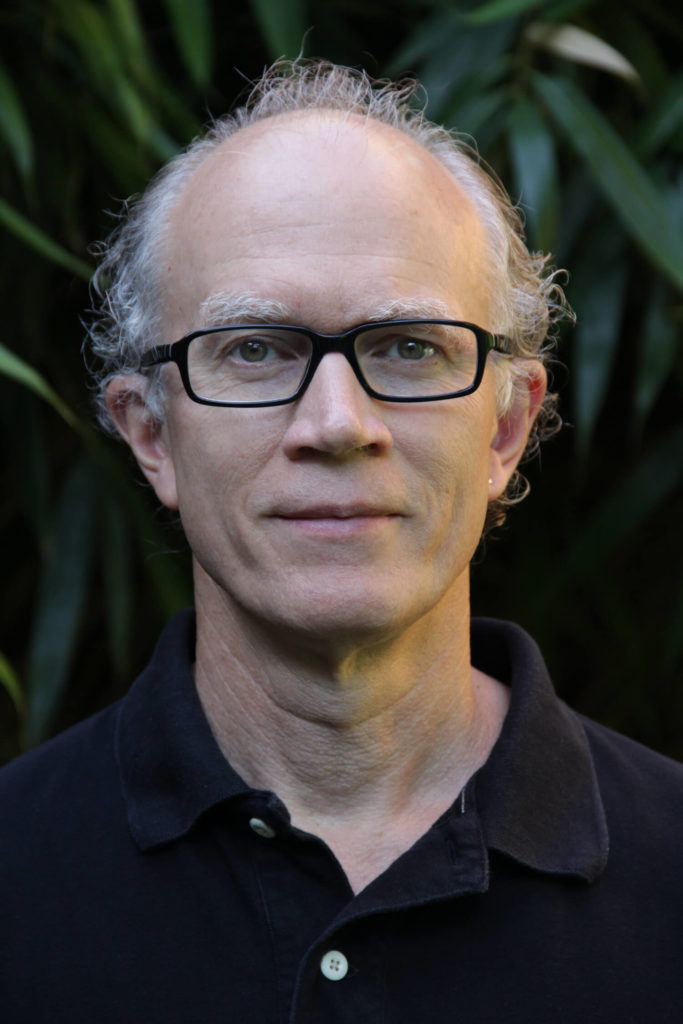
Bob Quinn teaches and supervises at OCOM and NCNM in Portland and practices privately in Corbett, OR at the Hai Shan Clinic. His main areas of interest are Shudo-style Meridian Therapy, Yin-Yang Channel Balancing, Sotai, and herbal medicine. He can be reached at bquinn88@yahoo.com
“The North American Journal of Oriental Medicine (NAJOM) is a non-profit worldwide forum for the promotion and development of Japanese approaches to Oriental medicine. Our goal is to facilitate networking among practitioners and inspire them to deepen their knowledge and refine their skills.”
You can subscribe to the journal at the following link: http://www.najom.org/store/c6/Membership%2C_Subscriptions%2C_and_Individual_Back_Issues.html
A course by Bob Quinn
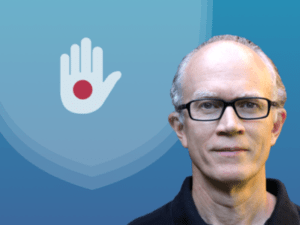
Gentle Neoclassical Japanese Approaches for Sensitive and Traumatized Patients
- Understand the commonly accepted understanding of Nan Jing Chapter 69 in Japanese Meridian.
- Understand the role of 5 element pulse balancing as a key part of trauma treatment.

